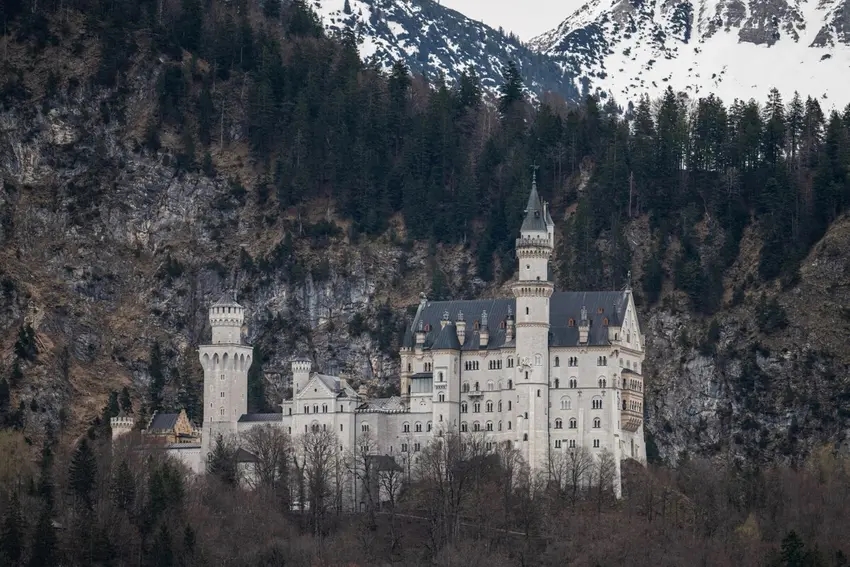News Flash

BERLIN, July 12, 2025 (BSS/AFP) - The Neuschwanstein castle in Germany's
Bavaria, perhaps best known for inspiring Walt Disney's fairytale castles,
has been named a World Heritage site, the UN cultural agency announced on
Saturday.
Three other royal residences, also constructed in the late 19th Century under
the famously arts-obsessed King Ludwig II of Bavaria, were also added to the
coveted list: Herrenchiemsee, Linderhof and Schachen.
Neuschwanstein, perched on a rocky, 200m-high Alpine crag, is Germany's most
visited castle, with almost 1.5 million people flocking there every year.
"A fairytale comes true for our fairytale castles: We are #WorldHeritage!"
Bavaria's governor, Markus Soeder, wrote on X after the announcement.
Neuschwanstein combines an idealised medieval exterior with architectural
techniques considered cutting-edge at the time.
Its main rooms are adorned with paintings of German and Nordic legends, the
same stories that inspired composer Richard Wagner, for whom Ludwig was a
generous patron.
Peter Seibert of the Bavarian Castles Administration (BSV) told AFP that the
UNESCO listing "is a very great responsibility, but also recognition... for
the work we have done so far in preservation".
Philippe, a 52-year-old visitor from Canada, was surprised that the castle
was not already a World Heritage Site.
"We're lucky to still be able to experience this," he said, calling the
listing "a very good idea".
Herrenchiemsee meanwhile evokes a Versailles in miniature on a lake between
Munich and Salzburg, an homage to absolute monarch Louis XIV of France, whom
Ludwig admired.
Indeed Ludwig nicknamed Herrencheimsee "Meicost-Ettal", an anagram of Louis
XIV's alleged aphorism "L'Etat, c'est moit" ("I am the state").
- 'Part of Bavarian identity' -
The third site in the UNESCO listing is the small castle of Linderhof,
completed in 1878, the only one to have been finished in Ludwig's lifetime.
It mixes elements of French Baroque architecture from the reign of Louis XIV
with touches of the Rococo style developed in southern Germany.
Its park boasts an artificial cave inspired by Wagner's opera Tannhaeuser, 90
metres long and up to 14 metres high, which houses a grotto of Venus and was
designed as a personal retreat for Ludwig.
The electric lighting system used in the cave was state of the art at the
time, with glass discs used to illuminate the grotto in different colours.
The last of the four sites on the list is Schachen, a royal house in the
style of a large Swiss chalet, where Ludwig liked to celebrate the saint's
day of his namesake St Louis on August 25.
It is located at 1,800 metres above sea level, not far from Neuschwanstein.
The four castles have become "part of Bavarian identity" says Seibert,
"iconic and perfectly embedded in a beautiful landscape".
Ironically, while Ludwig's architectural legacy is today a source of pride in
Bavaria -- not to mention tourist revenue -- they were part of the reason for
his own downfall.
The ruinous construction costs of the lavish residences led the Bavarian
government to depose him, declaring him insane.
Interned in Berg Palace, he died shortly afterwards in mysterious
circumstances at Lake Starnberg.